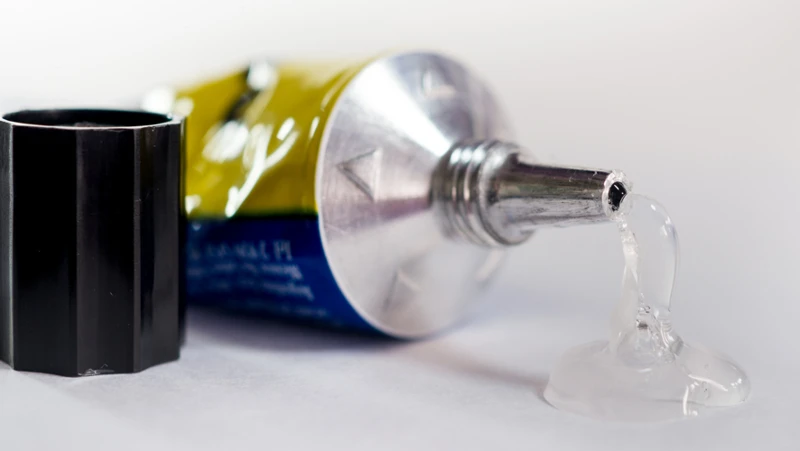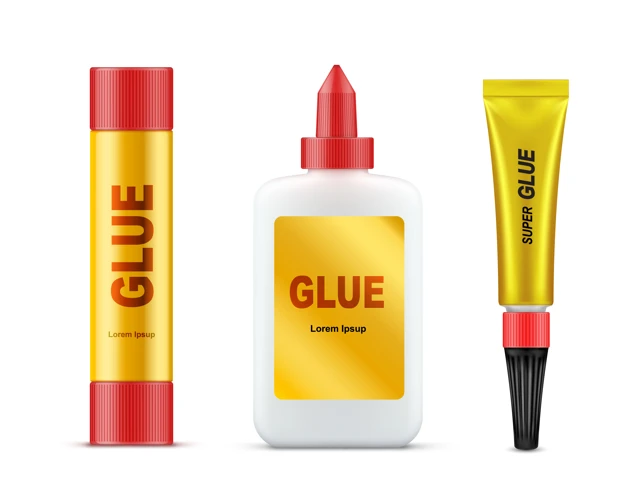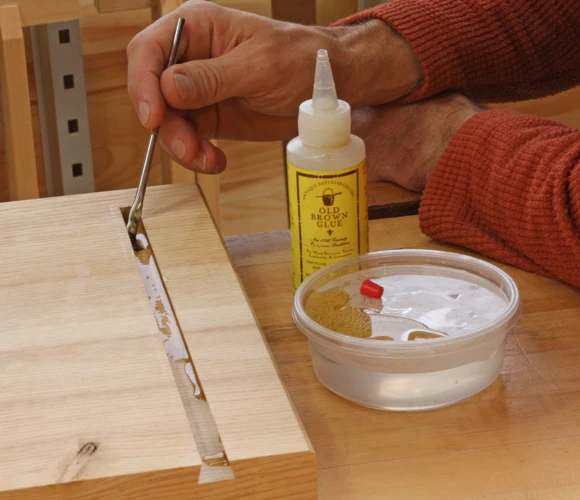Super glue, known for its incredible bonding strength, is a common fixture in toolboxes and household drawers. However, what happens when the adhesive outlives its utility or you’re left with an empty container? Understanding the proper super glue disposal methods is not only essential for safety but also for protecting the environment.
Understanding Super Glue Hazards
The active ingredient in super glue, cyanoacrylate, poses certain hazards that necessitate caution during handling and disposal. If not managed properly, it can cause skin and eye irritation and bond materials with an almost permanent grip. It’s imperative to be well-informed about the potential risks associated with super glue to ensure its disposal is handled responsibly.
The Environmental Impact of Super Glue
While super glue is incredibly useful, its environmental impact cannot be overlooked. When disposed of improperly, chemicals within can leach into soil and water, causing pollution and potential harm to wildlife. Understanding the effects on the environment is a crucial step in promoting responsible super glue disposal.
How to Remove Super Glue
Before disposing of super glue, it’s often necessary to remove it from surfaces where it may have been accidentally applied. The process can be complex, depending on the material affected.
Super Glue Removal Tips for Different Surfaces
Here are some super glue removal tips for various surfaces:
- For skin: Soak the affected area in warm soapy water and gently peel or roll the skin apart.
- For hard surfaces: Apply a small amount of acetone-based nail polish remover on a cotton swab and rub it over the glue.
- For fabrics: Use a spatula or spoon to scrape off the excess glue then treat the area with a solvent like acetone, if the fabric permits.
Each surface requires a different approach to ensure the super glue is removed effectively without causing damage.
Super Glue Disposal Methods
After removal, the next step is to focus on how to discard super glue safely. Whether it’s a dried-up bottle or residual adhesive, correct disposal is key.
Disposing of Cyanoacrylate Safely
Disposing of cyanoacrylate, the main component of super glue, requires care. It’s advisable to let small amounts of leftover glue harden completely before disposal. Once hardened, it can be thrown away with regular household waste. However, larger quantities may need special attention due to their hazardous nature.
How to Discard Super Glue at Home
To discard super glue at home, follow these steps:
- Ensure the glue has fully cured or hardened.
- Seal the container to prevent any spills.
- Dispose of it in the general waste bin, not recycling.
Never pour super glue down drains or toilets as it can cause clogs and damage plumbing systems.
Recycling Super Glue and Its Containers
Recycling is a preferred method of disposal for many products, but when it comes to super glue and its containers, the process is not straightforward.
Super Glue Waste Management
Super glue waste management involves considering the materials that can be recycled. Empty plastic containers can often be recycled if they are clean and free of any adhesive residue. Check with local recycling guidelines to determine the correct way to recycle these items in your area.
Challenges in Recycling Super Glue
The challenges in recycling super glue stem from the difficulty of removing the adhesive completely from its containers. Additionally, the chemical composition of the glue can contaminate recycling streams, making it crucial to only recycle clean and empty containers.
Professional Super Glue Disposal
For large quantities or commercial use, professional disposal may be required to ensure safety and compliance with local regulations.
Safely Dispose of Glue with Hazardous Waste Facilities
When in doubt, safely dispose of glue by taking it to a hazardous waste facility. These facilities are equipped to handle chemicals like cyanoacrylate and can ensure they are disposed of without harming the environment. Always consult with such a facility before attempting to dispose of large amounts of super glue.
Preventing Super Glue Waste
Prevention is often the best approach when it comes to waste management. By minimizing unnecessary use and storing super glue properly, waste can be significantly reduced.
Effective Storage and Minimizing Usage
Store super glue in a cool, dry place with the cap tightly sealed to prevent it from drying out and becoming waste. Use only the amount needed for the task at hand to reduce the likelihood of excess glue requiring disposal.
Alternatives to Super Glue
Consider using less permanent adhesives when appropriate. Alternatives such as white glue, double-sided tape, or temporary adhesives may suffice for certain projects, thereby reducing the need for super glue and its associated disposal concerns.
When working with super glue, you might sometimes find yourself in a sticky situation. Whether you’re dealing with excess glue or need to get rid of an old tube, proper disposal is important. For a step-by-step guide on how to dispose of super glue safely and responsibly, check out our detailed article on how to dispose of glue. If you’ve found that your super glue has dried up before you could use it, don’t worry! We also have a handy guide on how to fix dried super glue so you can make the most of your adhesive. And for those moments when you need to reverse your work, our tips on how to undo hot glue could be just what you need to correct any mistakes without a hassle.
Conclusion: Best Practices for Super Glue Disposal
Proper super glue disposal is a multi-step process that requires awareness of the adhesive’s hazards, its environmental impact, and the options for removal and disposal. By following the guidelines outlined in this article, you can ensure that super glue is disposed of in a responsible manner. Remember to always prioritize safety and environmental health when handling and discarding super glue or any other hazardous materials.


